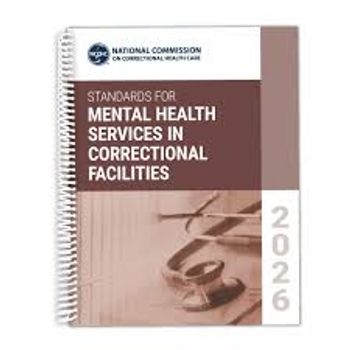
|Slideshows|May 25, 2017
4 Myths About Assisted Outpatient Treatment
Author(s)E. Fuller Torrey, MD, John D. Snook, JD
After lounging on the doorstep of respectability for the past decade, assisted outpatient treatment is here to stay. But some still balk at the notion.
Advertisement
Newsletter
Receive trusted psychiatric news, expert analysis, and clinical insights — subscribe today to support your practice and your patients.
Advertisement
Latest CME
Advertisement
Advertisement

















